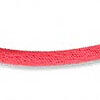Search Results For "bakked"
Alphabetical List of Jewelry-Making Terms
All
a
b
c
d
e
f
g
h
i
j
k
l
m
n
o
p
q
r
s
t
u
v
w
x
y
z
Bonds to any flat-backed item to make a pendant.
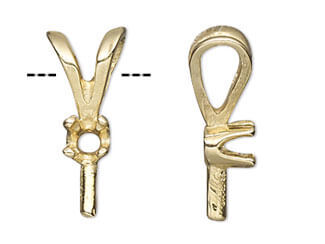
An undrilled gemstone with a smooth rounded top and a flat back. A cabochon is not faceted.
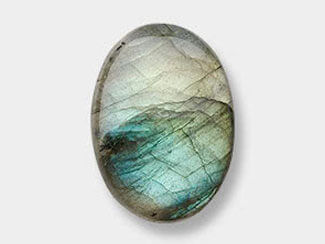
The unit of weight used for precious stones. One carat equals one-fifth of a gram. Also a measurement of fitness in gold. Pure gold is expressed as 24Kt.The term ''carat'' dates back to the traders of the ancient world.

A finding, usually metal, used to create ear jewelry. The post or stud passes through the ear, and is secured by an earnut on the back. Also see Earstud.
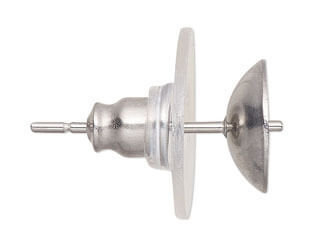
A finding, usually metal, used to create ear jewelry. The post or stud passes through the ear, and is secured by an earnut on the back. Also see Earpost.
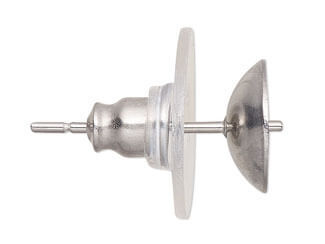
An earring form consisting of a short post with attached chain. The post serves as a "needle," allowing the chain to be threaded front-to-back through the ear.

Decorated to resemble an eye, these beads date back to antiquity and have symbolic meanings. Often used in amulets.
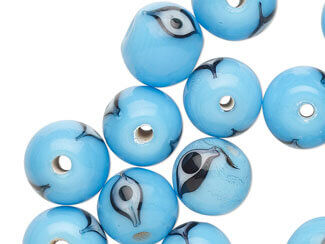
Begin with a foundation row of even-count ladder stitch. String 2 beads, pass down through the second to last bead in the ladder, and up through the next bead. String 2 beads, pass down the next bead and then up through the following. Repeat to the end of the row. To end the row, pass back through the last bead strung. To begin the next row, string 2 beads and pass down through the second to last bead of the previous row. Repeat, stringing 2 beads per stitch and passing down then up through two beads of the previous row. The 2-bead stitch will cause the beads to angle-up in each row, like a herringbone fabric.
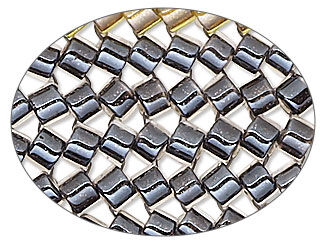
(also Hinged Earwire) A type of earwire which has a hinged locking mechanism at the bottom, for added security.
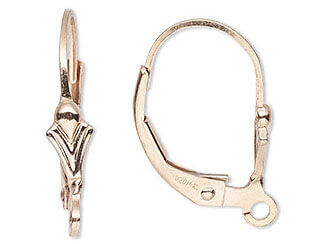
Begin by stringing a base row of 13 beads. String 5 beads and go back through the fifth bead from the end of the base row. String another 5 beads, skip 3 beads of the base row, and go back through the next. Repeat to the end of the row, passing through the fifth, fourth, and third beads of those just strung and exiting from the third. Turn the work over and go back across the same way.
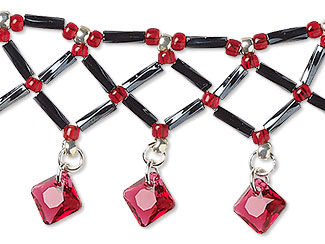
Pass through means to move your needle in the same direction that the beads have been strung. Pass back through means to move your needle in the opposite direction.
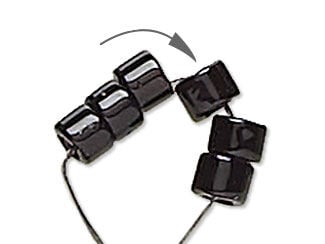
Using two needles, one on each end of the thread, string three beads on one of the needles and slide them to the center of the thread. String a fourth bead, passing one needle through from left to right and passing the other needle through from right to left. String one bead with each needle, then pick up one more bead and pass one needle through from left to right and pass the other needle through from right to left. Continue for desired length of row. To work the next row, repeat as for the first row, stringing new beads only onto the right thread and passing back through beads from the first row with the left thread.
To make a row-end decrease, simply stop your row short and begin a new row.
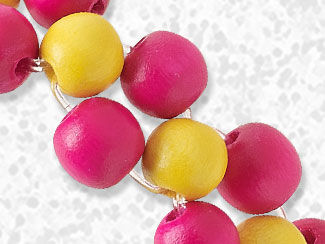
A form of weaving that creates a material with a glossy surface and a matte back. Commonly used in formal dress material, ribbon and cording.
